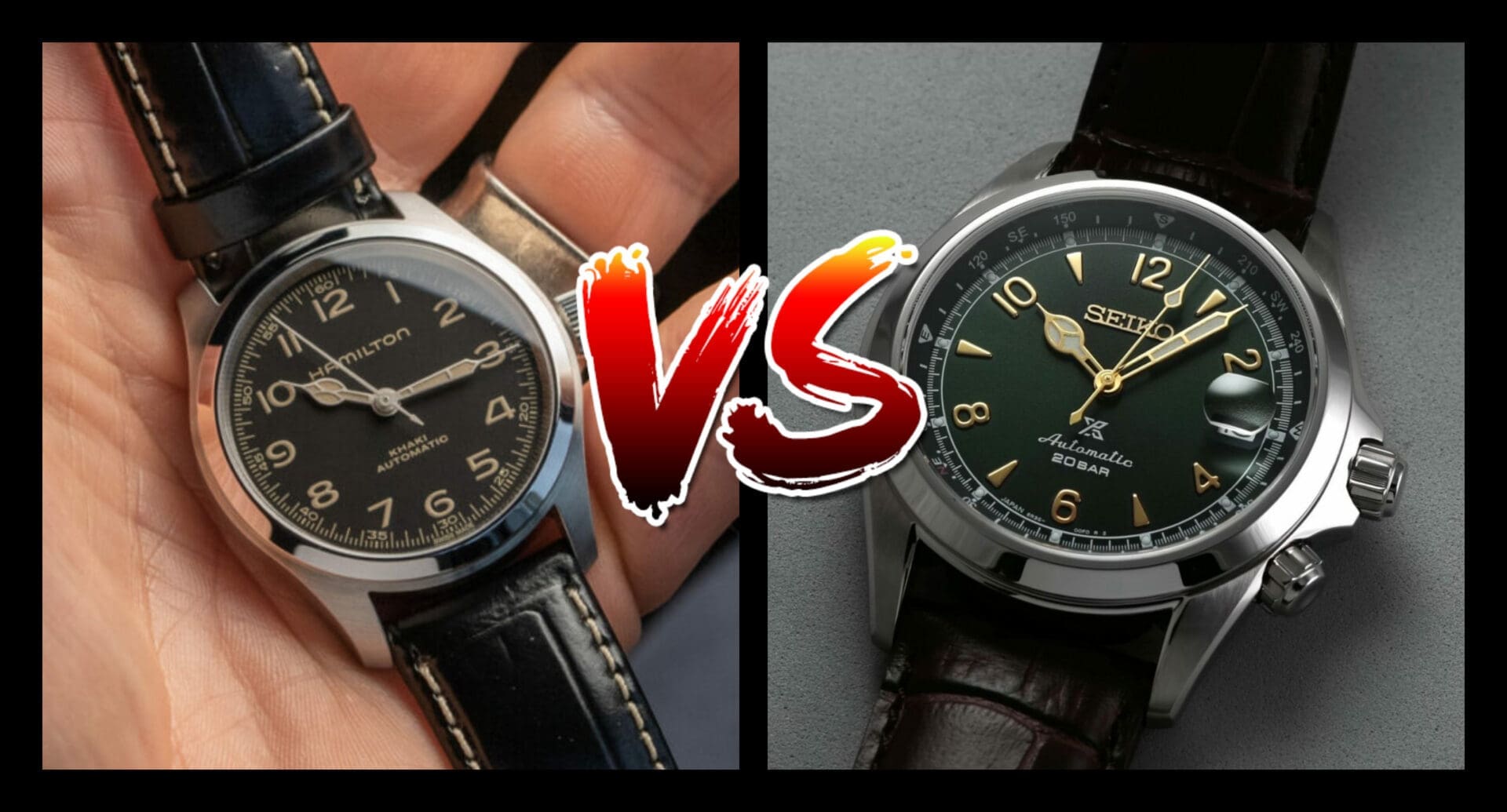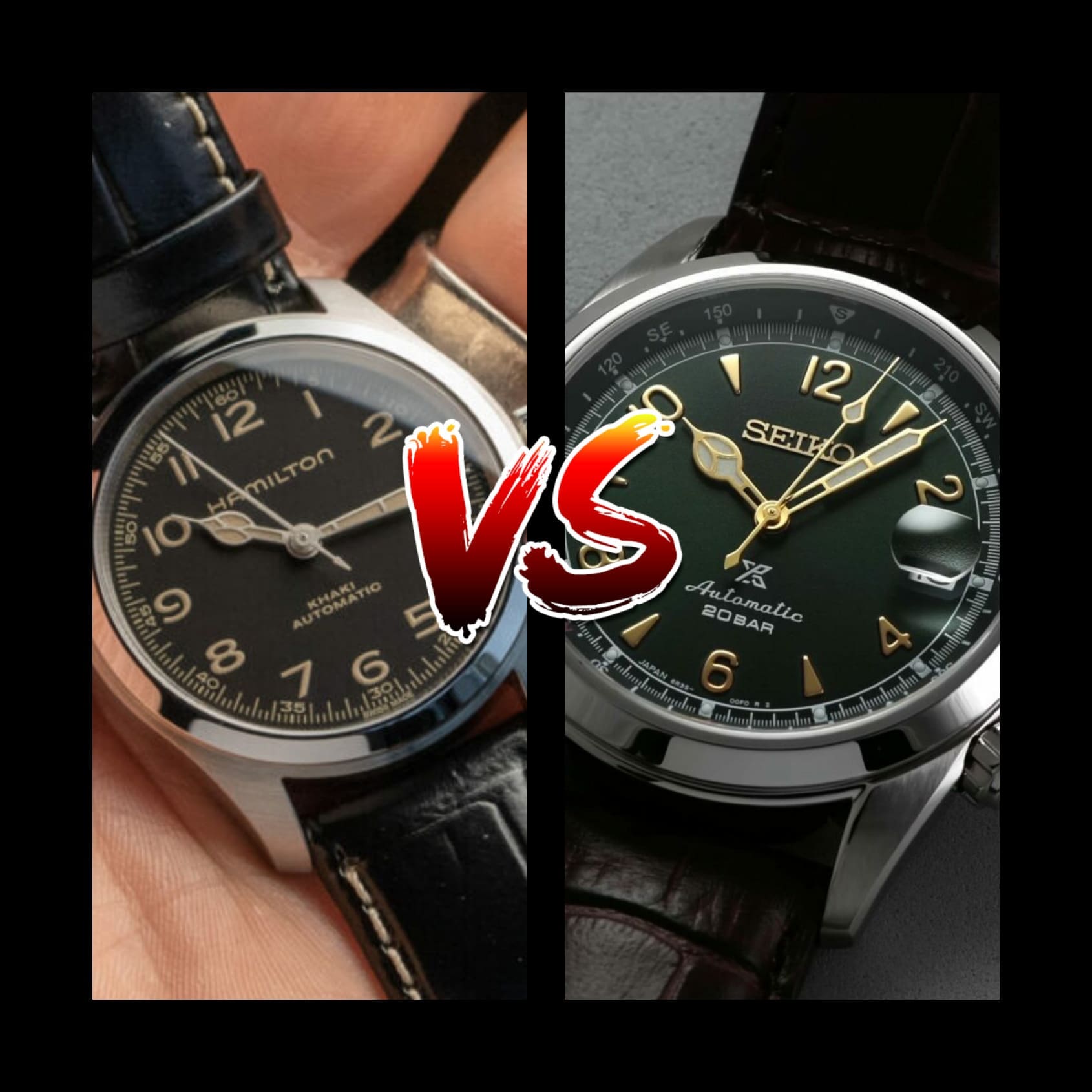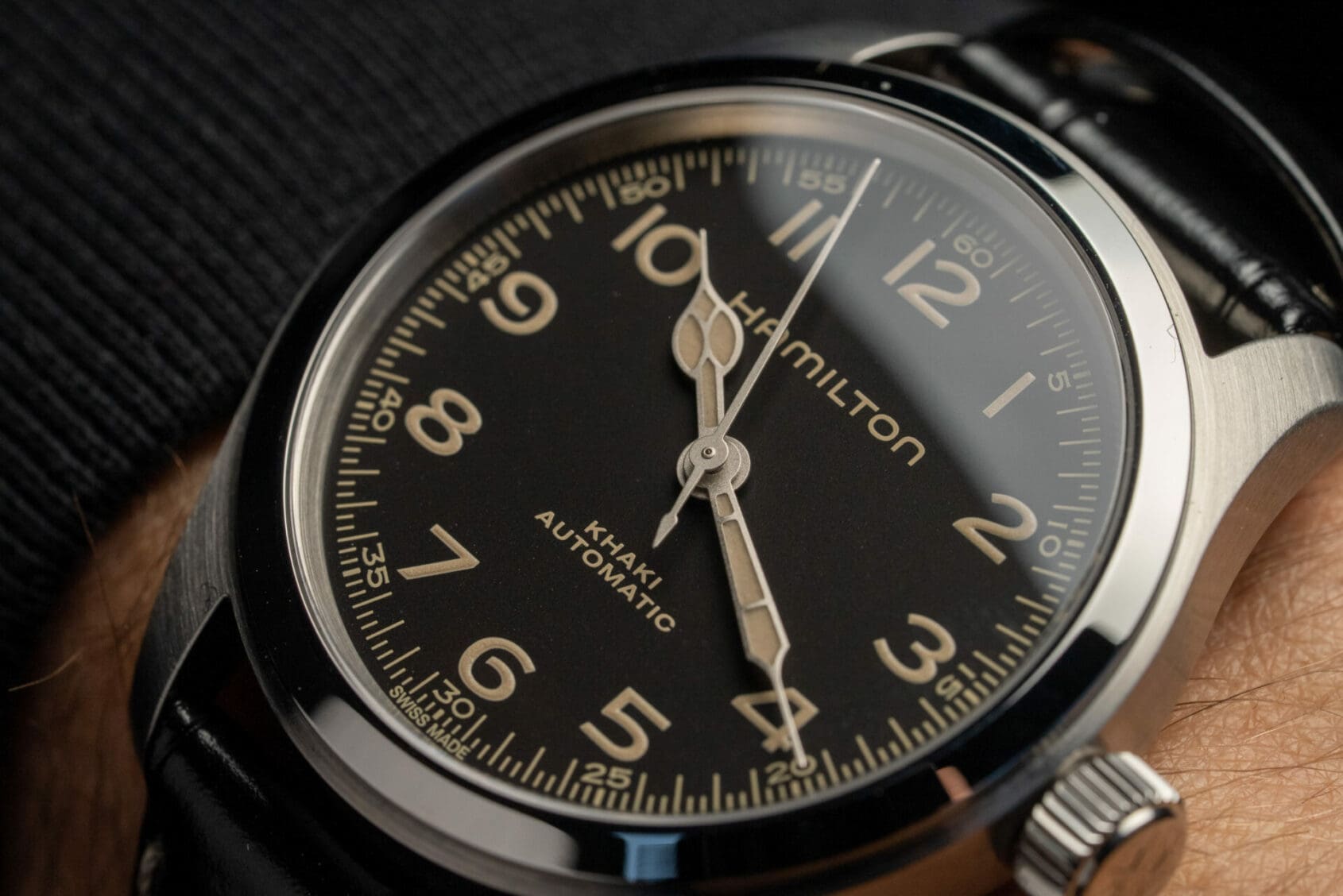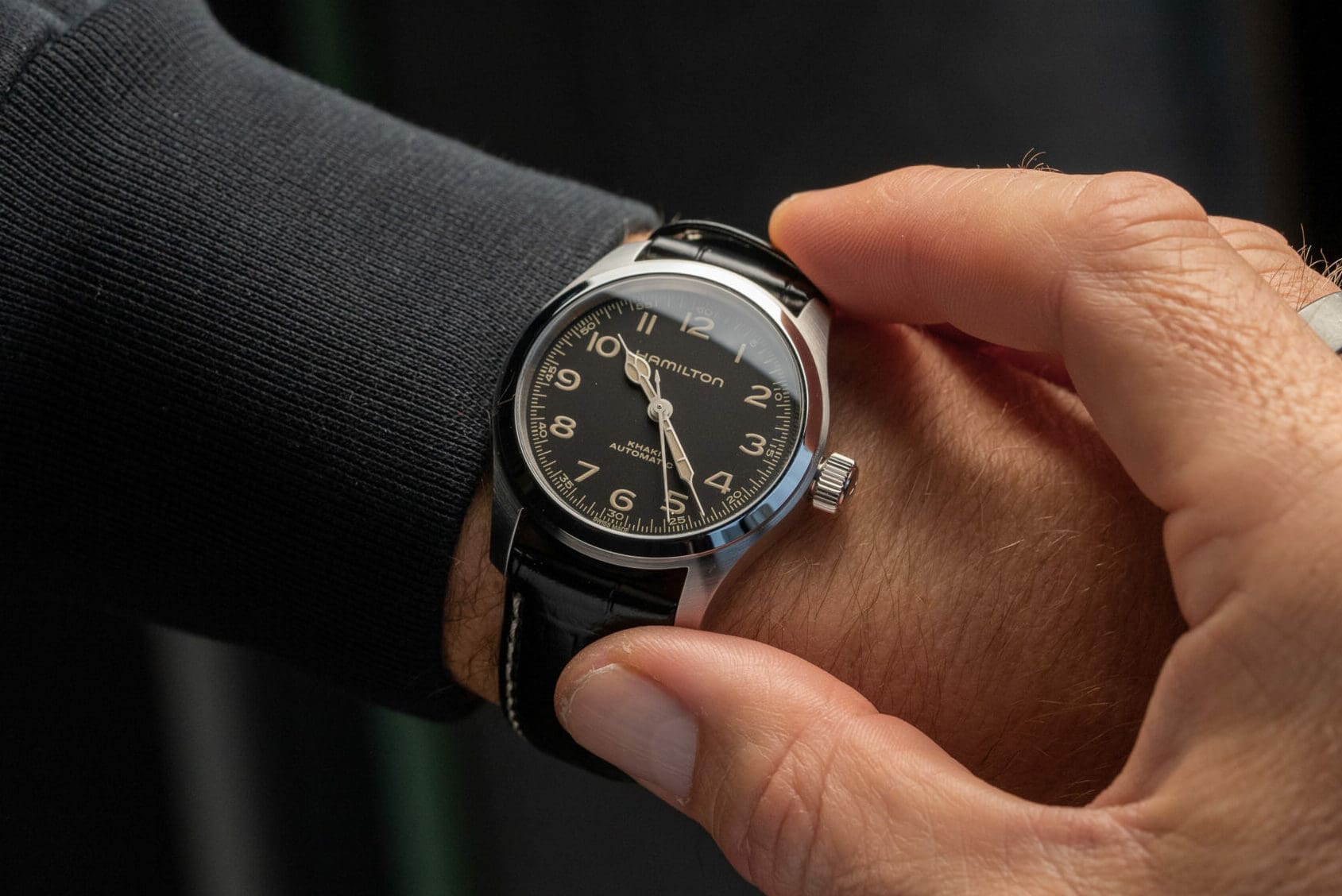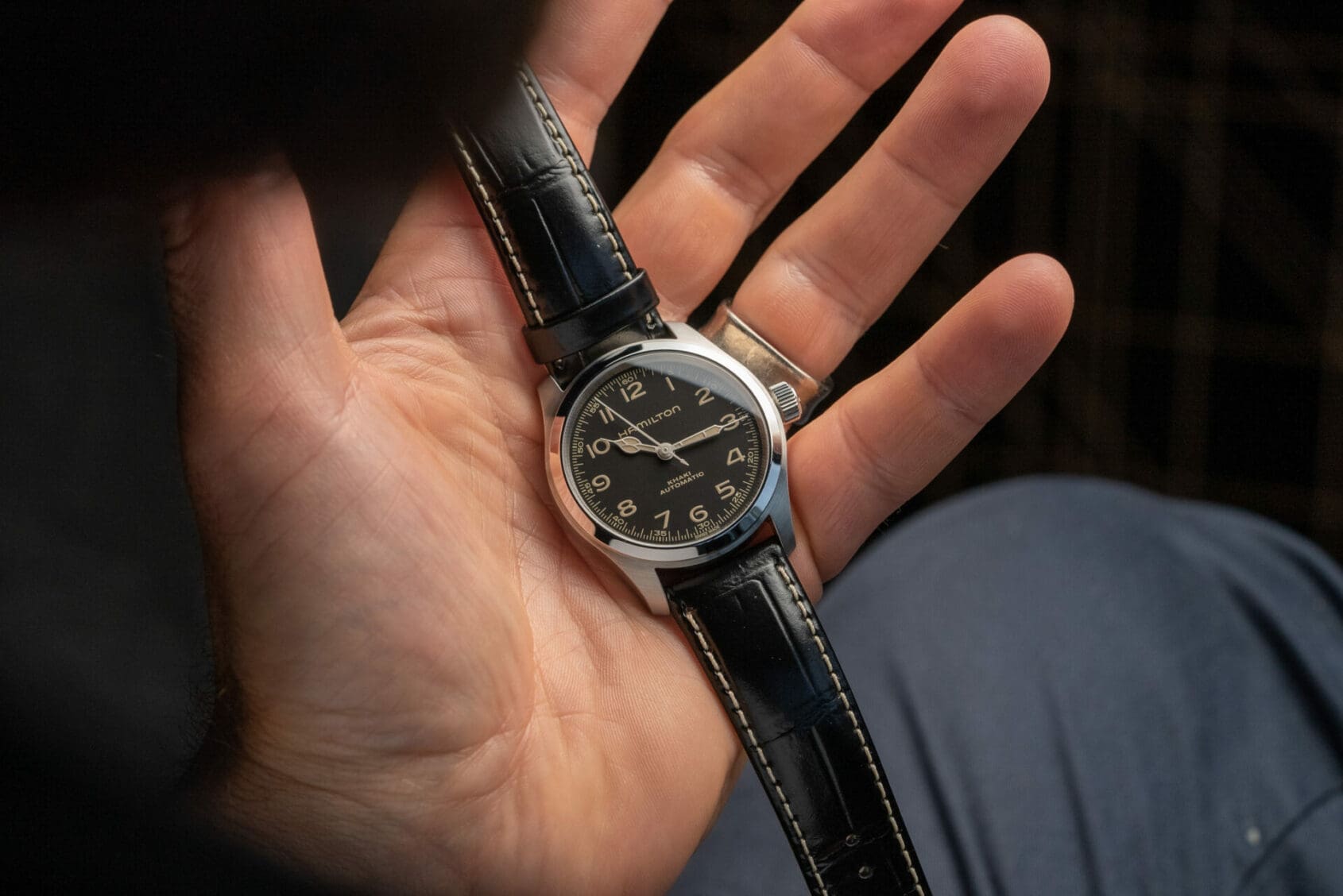VERSUS: The Hamilton Murph 38 comes up against the Seiko Alpinist SPB121
Borna BošnjakContinuing the Versus column, we have a head-to-head of capable, everyday watches with an air of sporty appeal. The rules are the same – we look at two watches that genuinely compete in a similar category and consider why they’re worthy of being compared and what separates them. No blow-outs or first-round knockouts. While last week’s inclusion focused on two contenders from the highest echelons of horology, today’s focus is on two entry-level fan favourites. Hailing from Hollywood’s favourite watch brand is the Hamilton Murph in the recently released 38mm size. Comparable on many levels, and possibly unmatched in cult classic status is the Seiko Alpinist, in its latest Prospex SPB121 variant.
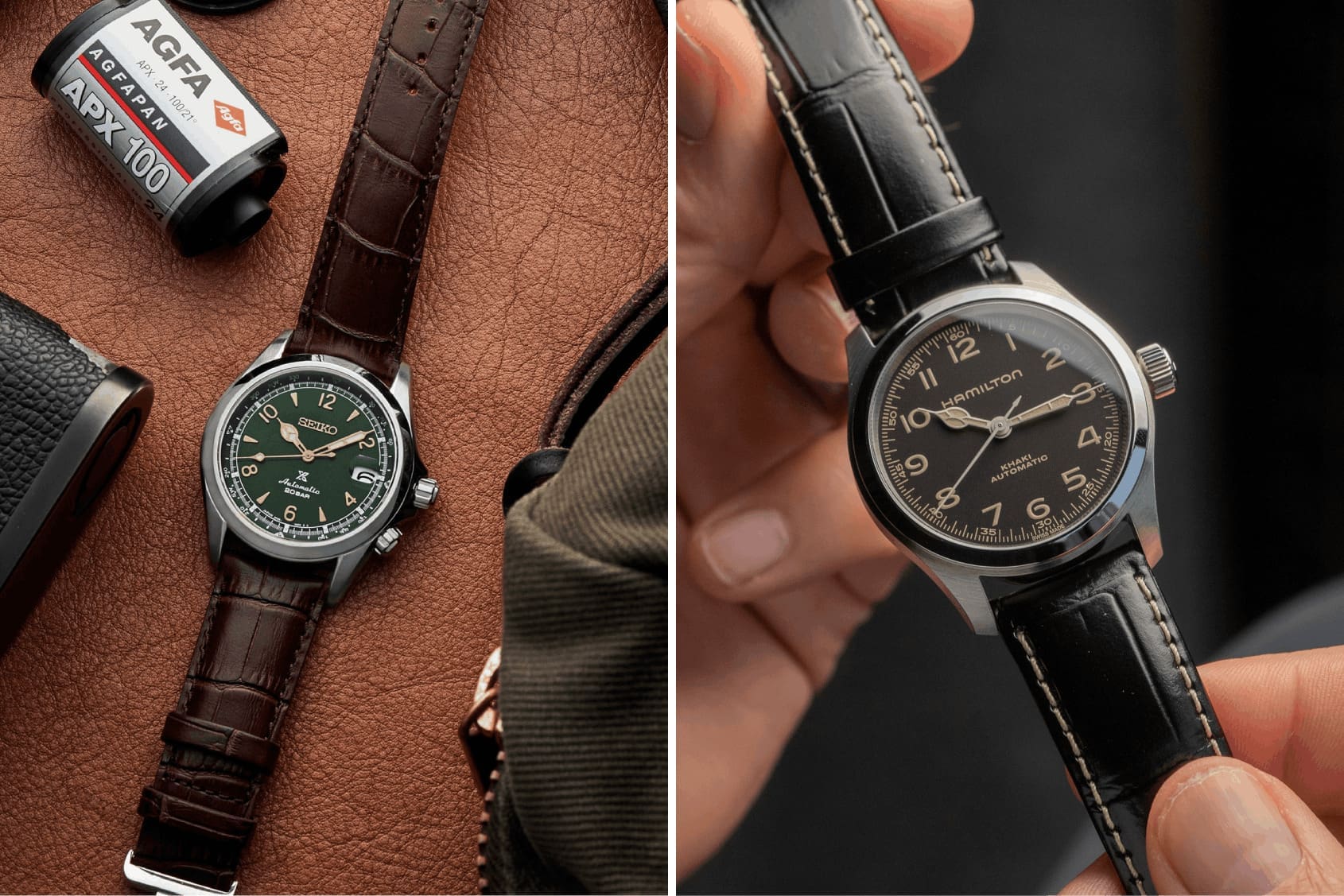
| Brand | Seiko | Hamilton |
| Model | Prospex Alpinist | Khaki Field Murph Auto 38mm |
| Reference Number | SPB121 | H70405730 |
| Case Dimensions | 39.5mm (D) x 13.2mm (T) x 46.4mm (L2L) | 38mm (D) x 11.5mm (T) x 44mm (L2L) |
| Case Material | Stainless steel | Stainless steel |
| Water Resistance | 20 bar | 100 metres |
| Dial | Green sunburst | Matte black |
| Crystal(s) | Sapphire with AR undercoating | Domed sapphire |
| Strap | Faux-croc pattern brown calfskin leather strap with deployant clasp | Faux-croc black calfskin leather strap with pin buckle |
| Movement | In-house 6R35 calibre, stated tolerance -15/+25 s/d | Hamilton H-10, ETA C07.611 base, stated tolerance -10/+15 s/d |
| Power Reserve | 70 hours | 80 hours |
| Functions | Hours, minutes, seconds, date | Hours, minutes, seconds |
| Availability | Now | Now |
| Price | A$1,200 | A$1,425 |
Common ground: as good as it gets for a field watch
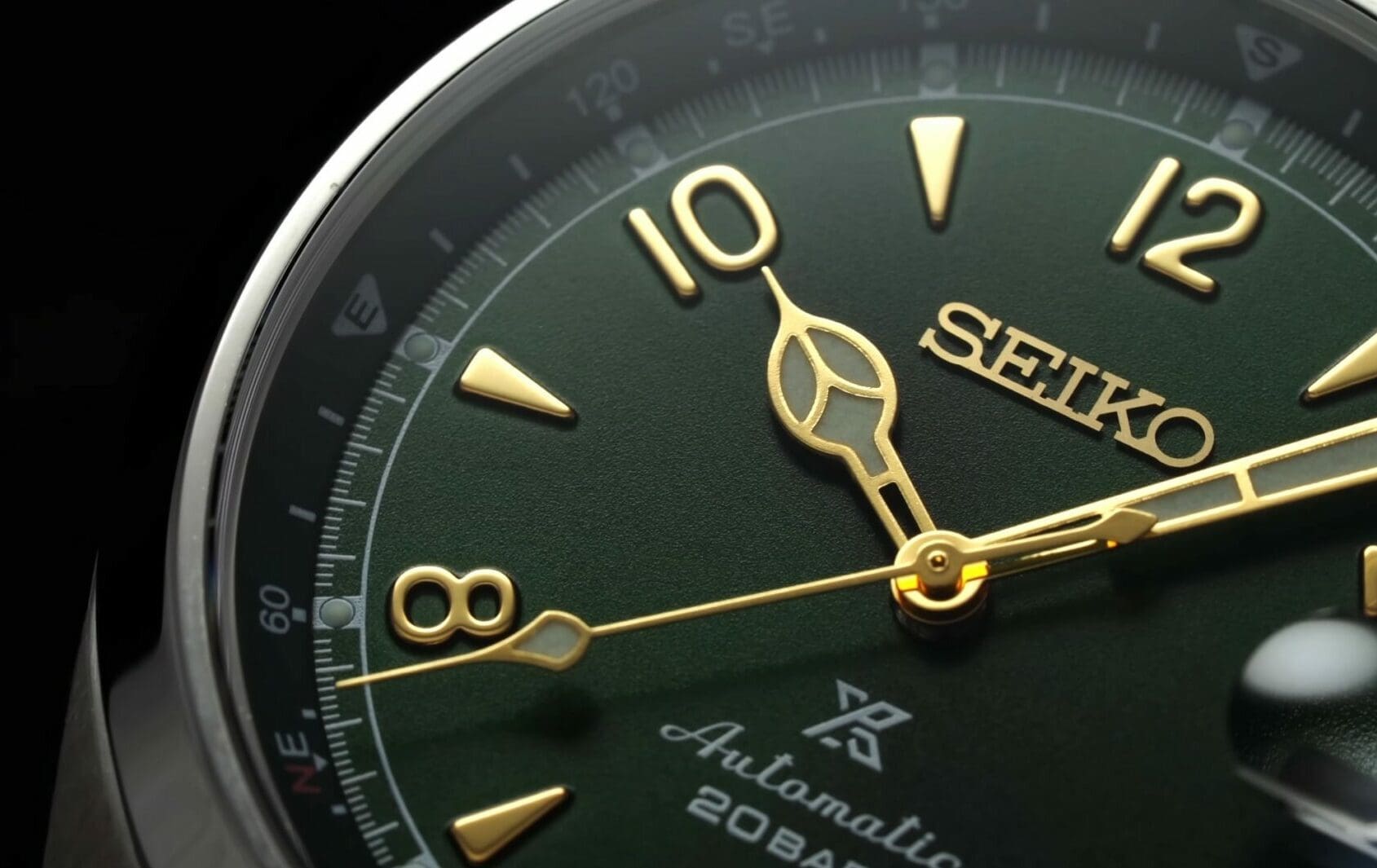
We begin with what each of these watches does best. While their aesthetics come from different sources, being field watches is indeed what they do best. The Alpinist, from its origins as a mountaineering watch, complete with internal rotating compass bezel has achieved cult status in the enthusiast community, and its SARB017 variant was the first proper watch I ever got for myself. While I’ve spent extensive time with a Murph, but not owned one, the story of it being the watch that gets people into watches is a common one, too. Its appearance in Interstellar certainly contributed to its appeal, but it is by no means the only reason for this model’s popularity. I hear you – I’ve blabbered on about them being great field watches but haven’t actually said why. Well, for starters, their dials are contrasty, simple and legible, without being overly austere, and manage to avoid the clutter found on some military-inspired field pieces. Personally, the cathedral hands on both of these are huge winners, especially the green on gold look of the Alpinist.
The case dimensions are similar and widely adaptable, too. The Alpinist measures in at 39.5mm in diameter, 13.2mm in height and 46.4mm lug-to-lug, while the Murph undercuts in in size by just a tad, coming in at 38mm x 11.5mm x 44mm. Despite what the numbers say on paper, however, these two wear almost identically. Though the Hamilton is thinner, its lug profile is somehow flatter, and though it doesn’t suffer from exceedingly long lugs like some Khaki models, it does wear a tad bit larger than its dimensions suggest. The Seiko is its polar opposite, with graciously curved lugs that downsize its dimensions. A worthwhile note is that the SPB121 is a whole millimetre thicker than its SARB017 predecessor, a change that is noticeable on-wrist. As far as water resistance goes, the Alpinist sports a fantastic 200m from a screw-down crown. While it technically doubles the Murph’s WR, 100 metres is perfectly acceptable for a watch of this style.
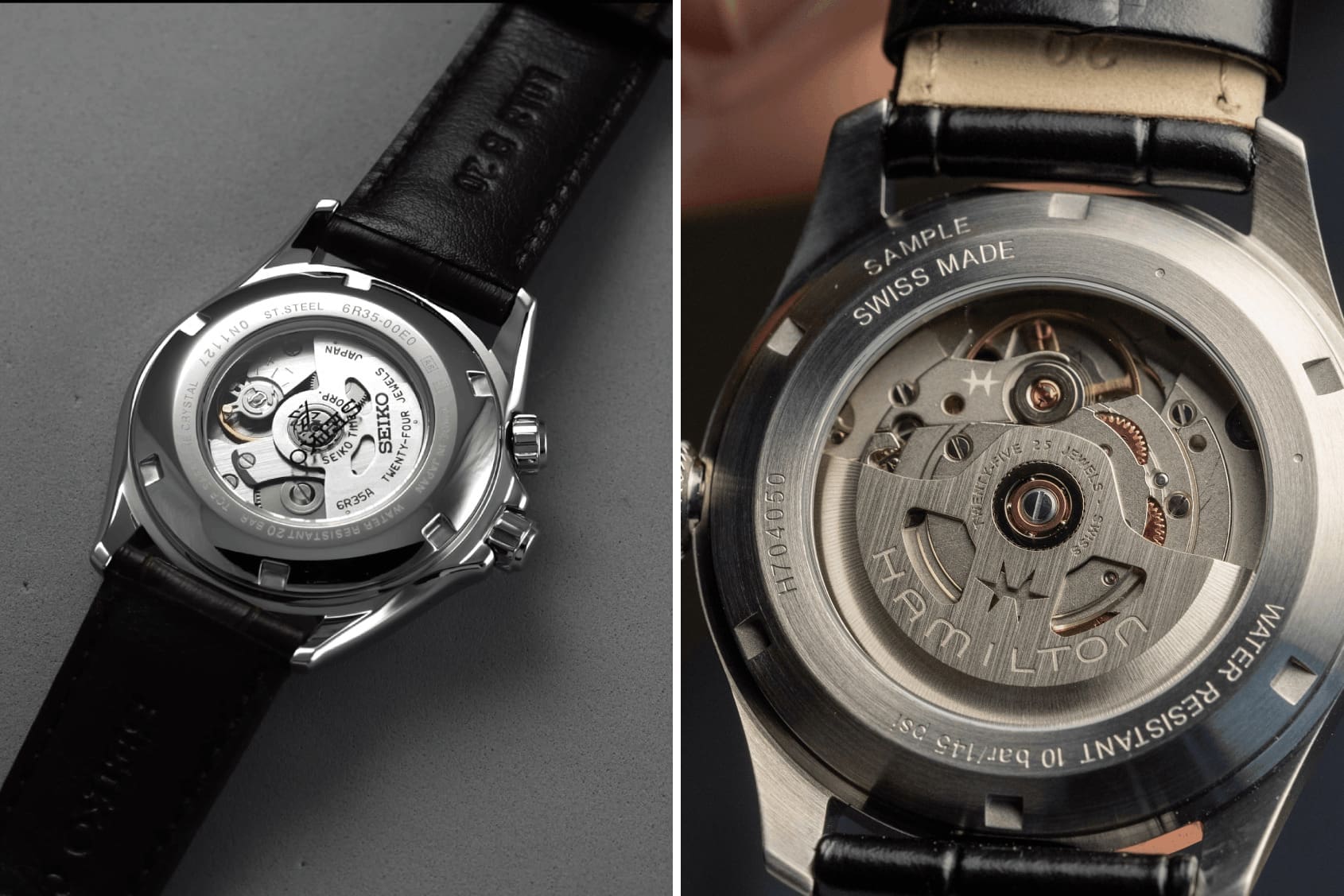
The final category where these two watches are pretty much on-par for me are the movements. Yes, the H-10 in the Murph has 10 more hours of power reserve, but its 80 hours vs the Alpinist’s 70 hours isn’t enough of a detracting factor, as their accuracies are pretty much on par. While I appreciate the attempt at showing off the movements on both of these, these entry-level calibres aren’t much to look at. I’d much prefer a solid caseback as it could possibly shave off a few mms from the thicknesses – especially on the Seiko which covers up the movement with Prospex printing, a move that always baffled me.
Where each stands apart: different inspirations, different on-wrist experience
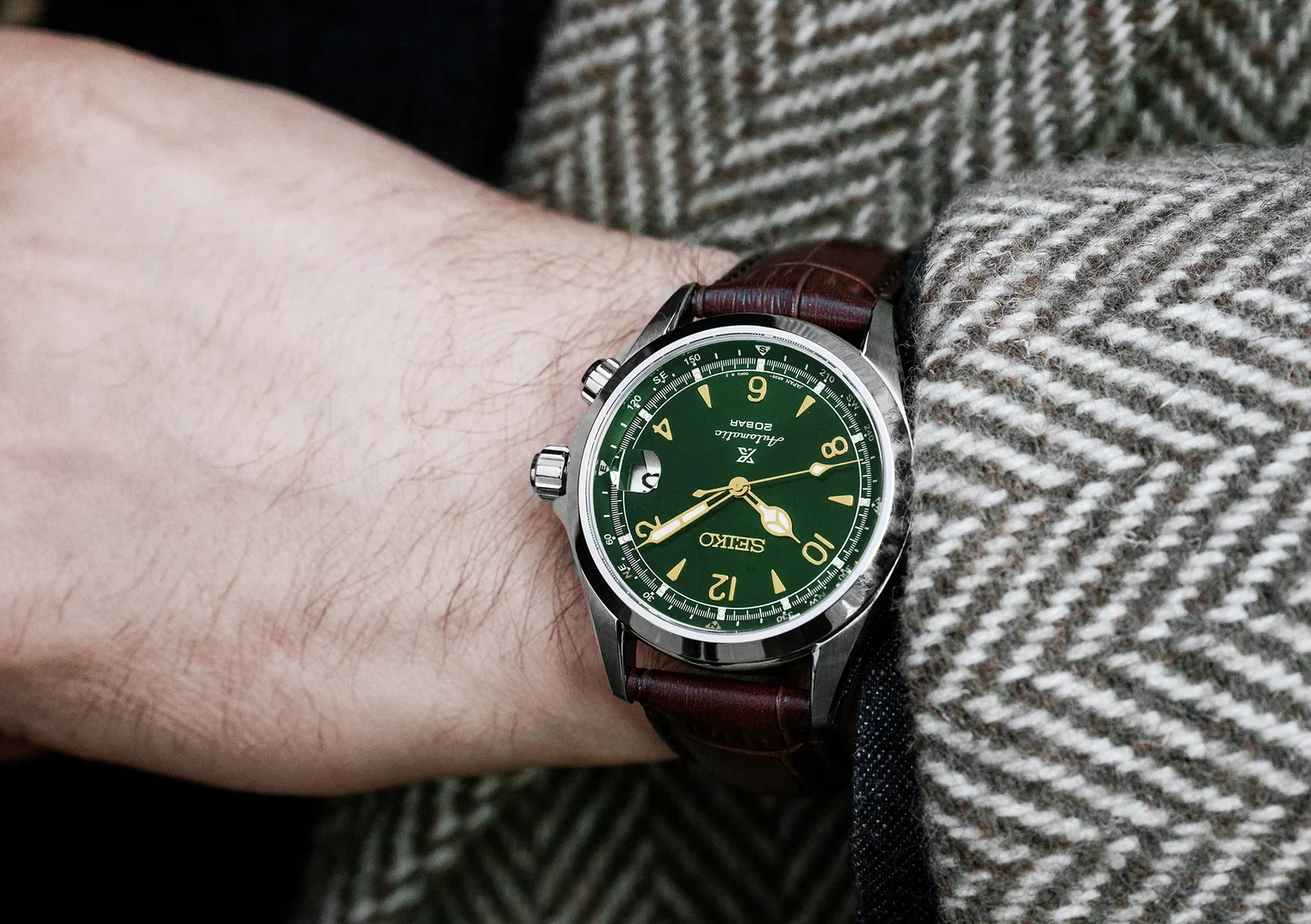
It was easy to compare the similarities between these two, but pinpointing what sets them apart is definitely not. Even though they are similar in so many regards, the biggest difference comes down to how they sit on the wrist. The Alpinist, especially in this classic green colourway, is less of an all-rounder, as its case is bulkier and sportier. The semi-guarded crowns add to that sporty appeal, as do the internal rotating bezel and cyclops that became a new feature after the phasing out of the SARB017.
The Murph, on the other hand, benefits from the simple and legible lines of its pilot watch origins, and plays into the vintage appeal more than the Alpinist to fit into the Khaki aesthetic, as opposed to the distinctly more modern Jazzmaster Performer we covered here. Its finishing is also more subtle, avoiding the mostly polished surfaces of the Alpinist, opting for a highlight in the bezel, otherwise finely brushed. Also unlike the Alpinist, the Murph features no anti-reflective coating on the sapphire crystal. Combine that with its slightly domed shape, its a good thing Hamilton went with a matte, textured dial.
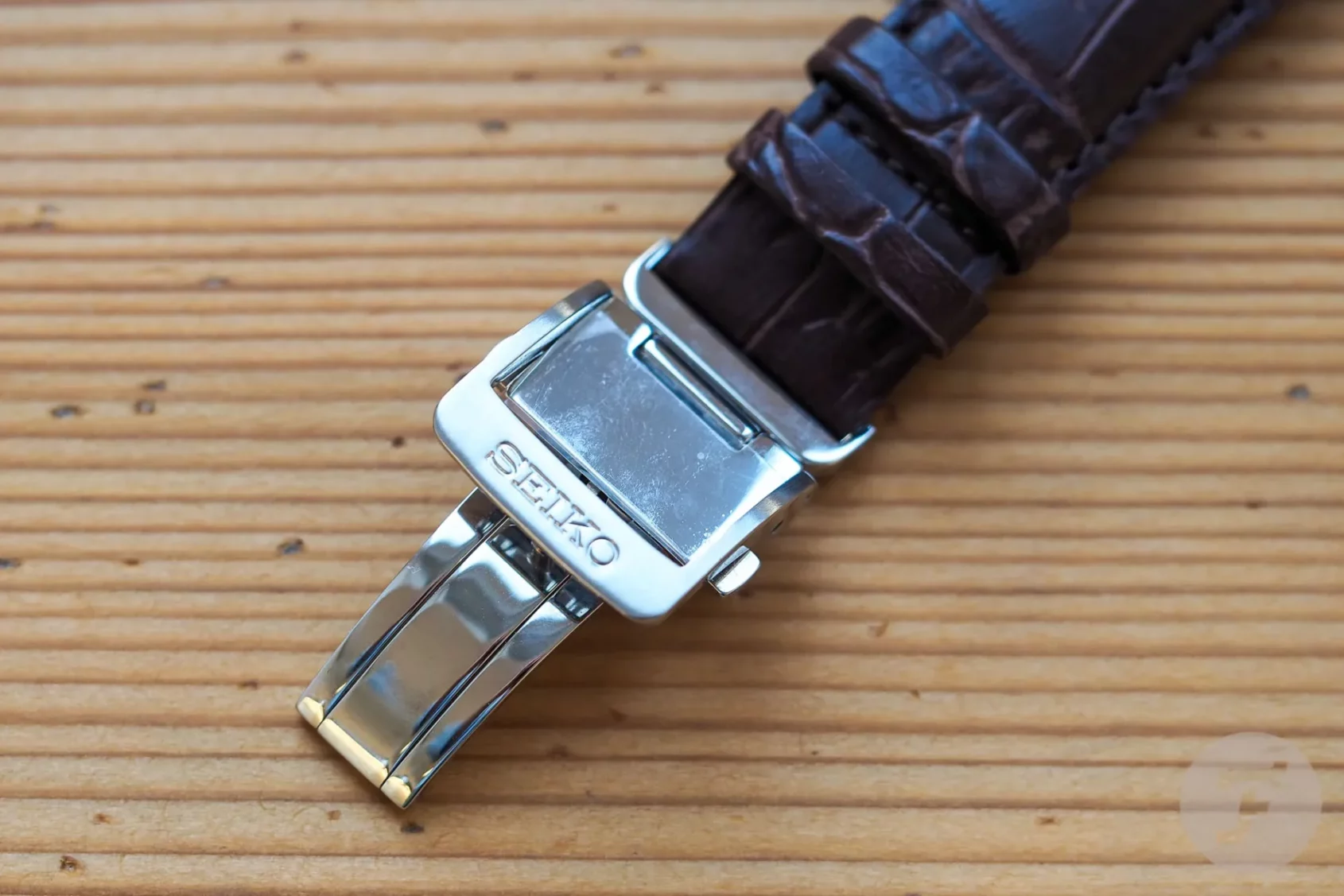
Though I’m a proponent of not getting upset by the choice of factory strap, I do have to make a distinction here. The factory strap of the SARB017 was famously horrific, so much so that I swapped it out the moment I unpacked it at home, minutes after purchasing it. Thankfully, Seiko upgraded it with better quality leather and a deployant clasp, while the Murph uses a padded, contrast-stitched number with a pin buckle.
The verdict, and my pick
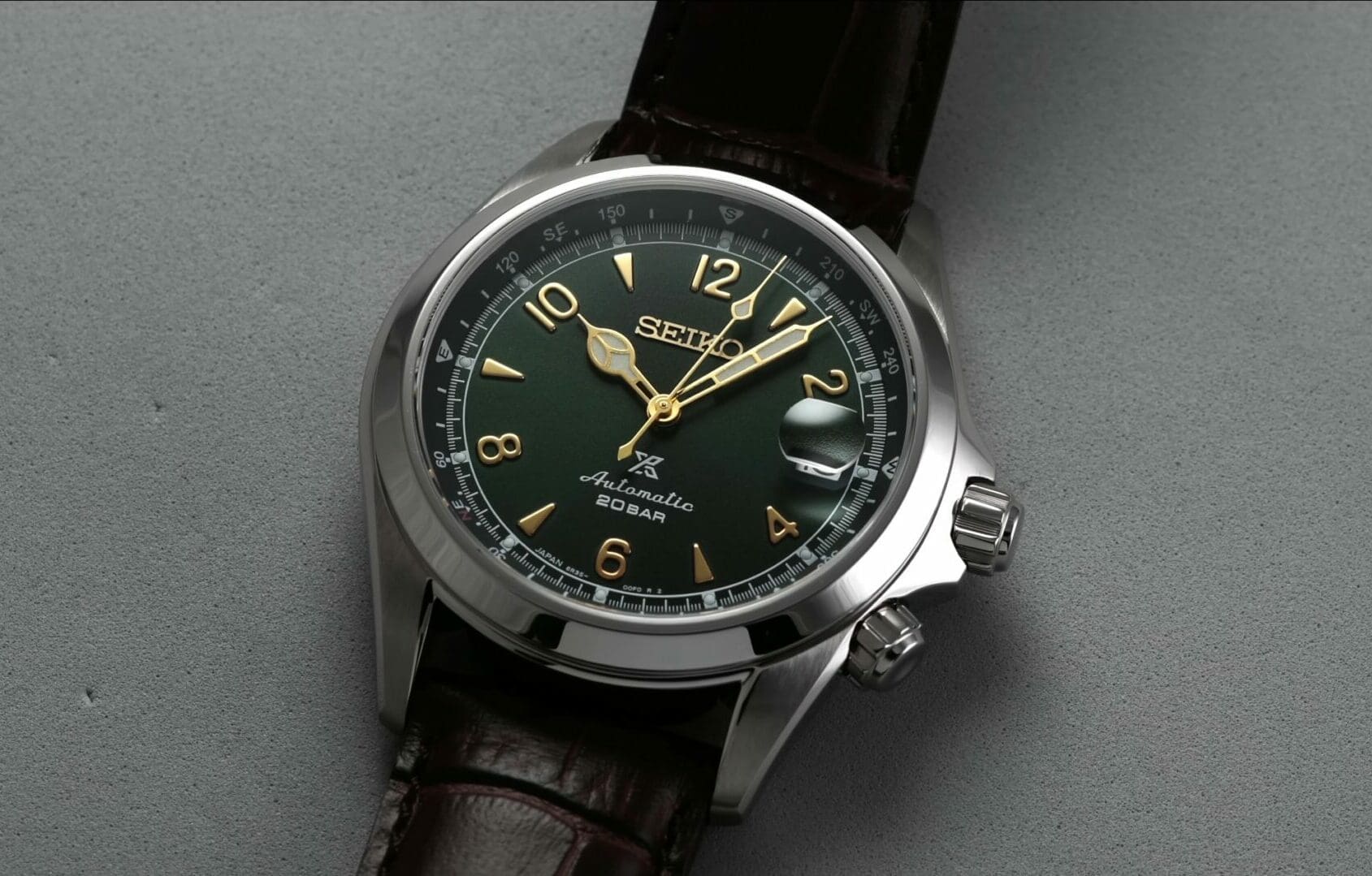
As a long-term owner of an Alpinist, I am certainly not immune to its charms. It’s the watch I’ve worn most throughout the years, and not only because I’ve owned it the longest. The SPB121 has a great set of features, some carried over, like the 200-metre water resistance and excellent case design, with upgraded strap and movement when compared to its predecessors, making it truly competitive in its space.
The appeal of the Hamilton Murph is hard to deny. Don’t get me wrong, the Alpinist isn’t a bad looking watch by any means, that sunburst dial is just stunning. The Murph, especially in the more compact 38mm size, got it absolutely spot on with proportions – it’s drop-dead gorgeous.
I think I’ve said all is to say about these two, and their verdicts, albeit short speak for themselves. Whichever you go with, you’ll end up with an incredible everyday watch, regardless of which price category they compete in. Presented with the choice of spending my own money on these, however, and disregarding my current ownership of the SARB017, I would have to go with the Murph. It’s for one simple reason – I’m cheap. The generational jump between SARB017 and SPB121 resulted in a 100% price increase at retail, which is difficult to justify. As incredible as the Alpinist is, I’m not as keen on its white date window and cyclops, nor the Prospex X logo on the dial. The Murph, on the other hand, reduced in size, but had a huge glow-up from its 42mm predecessor, and is my winner.




